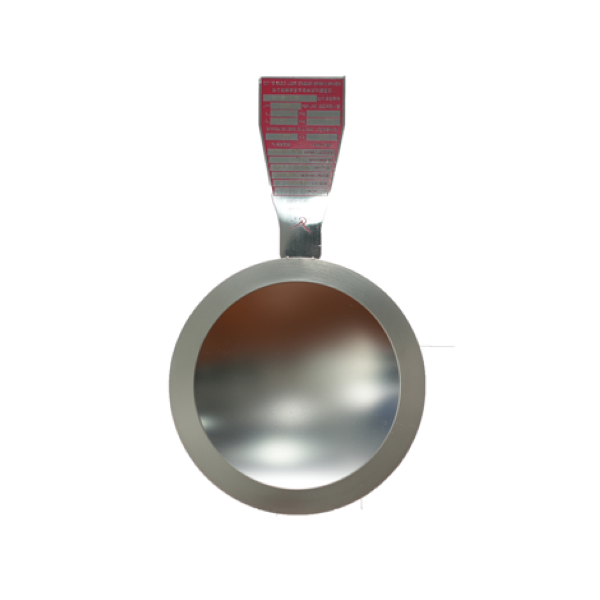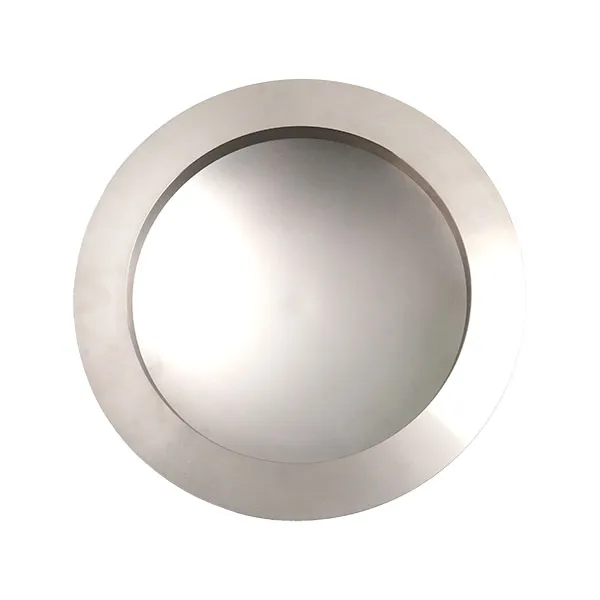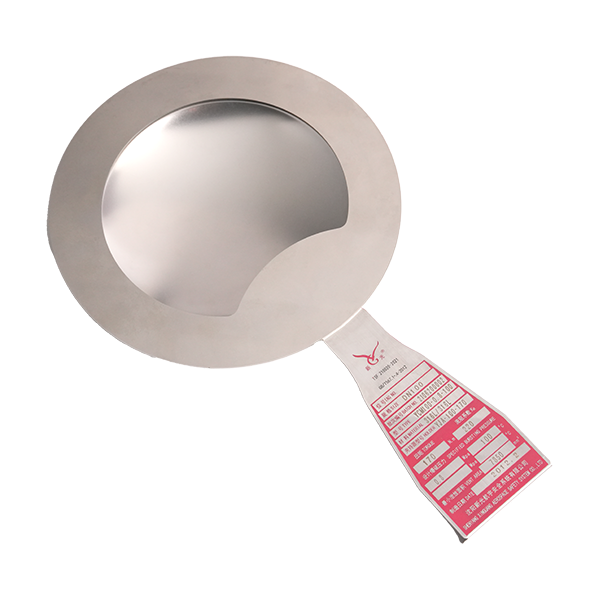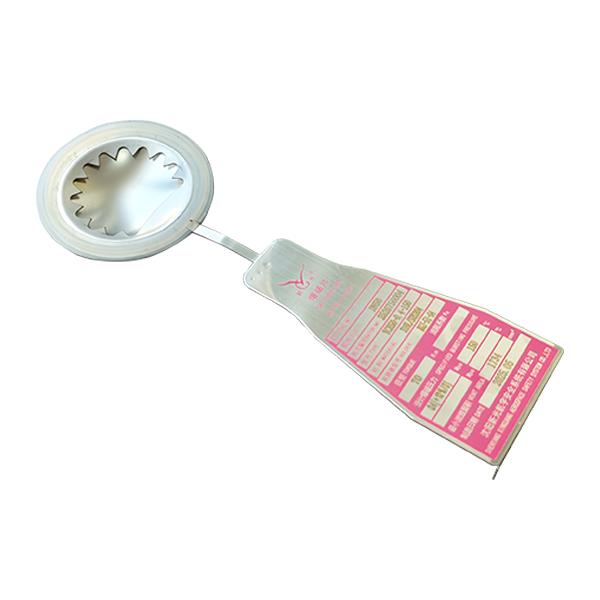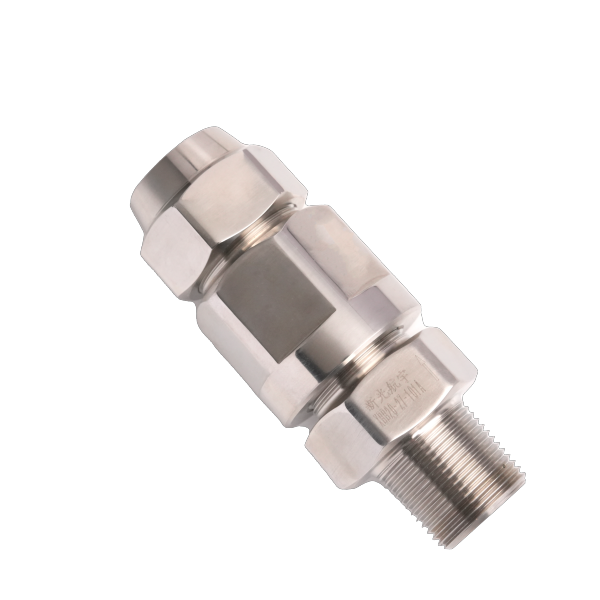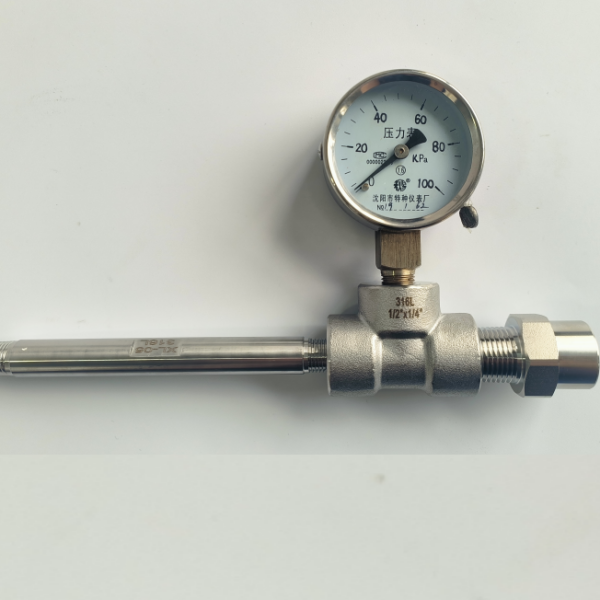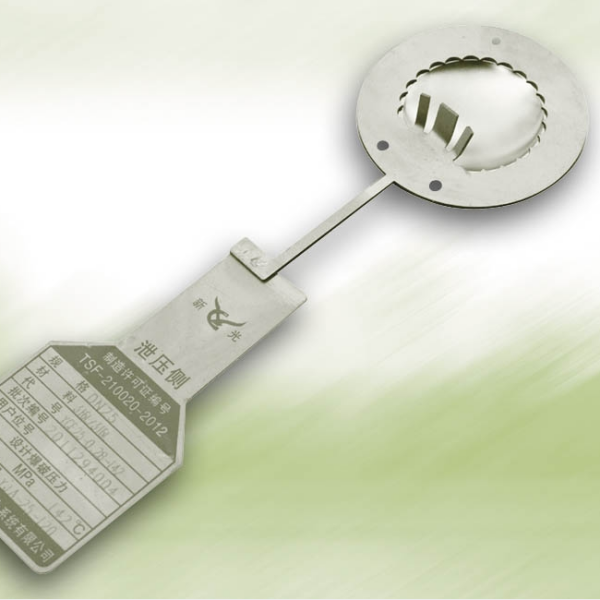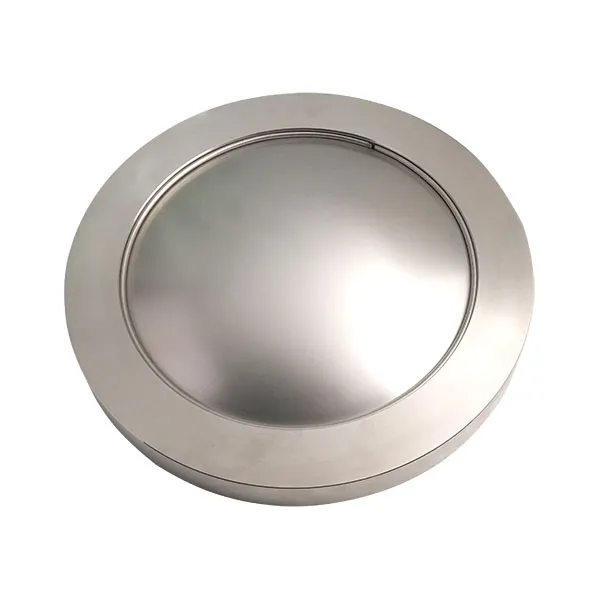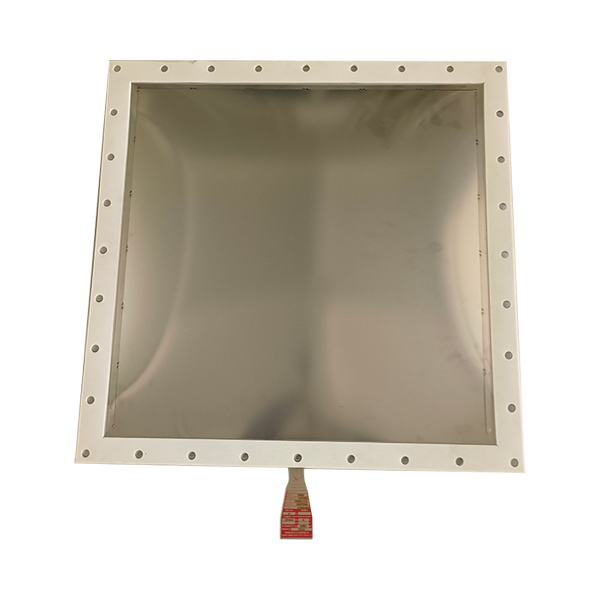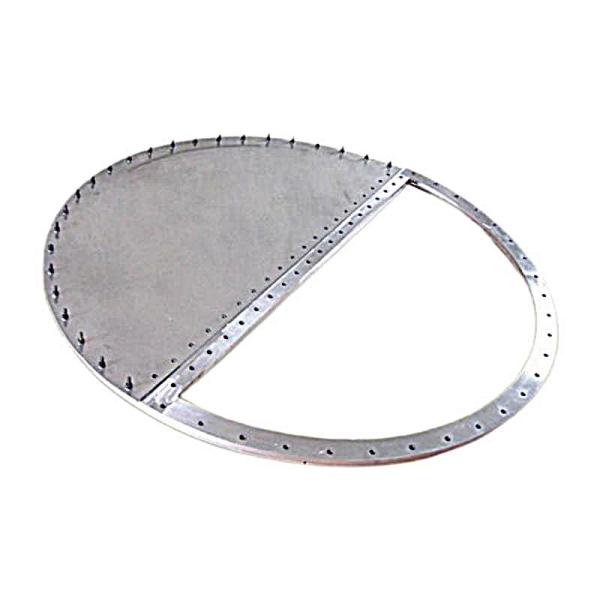When the calibrated bursting pressure is reached in the equipment, the composite type rupture disc bursts instantly and the discharge channel opens.
1. Advantages of the product:
(1) The composite type rupture disc is sensitive, accurate, reliable and leak-free.
(2) The discharge area is not limited and has a wide range of adaptability (such as high temperature, high pressure, vacuum, strong corrosion, etc.).
(3) The composite type rupture disc has outstanding features such as simple structure and easy maintenance.
2. Features of the product:
(1) The composite type rupture disc is suitable for slurry, viscous and corrosive process media. In this case, the safety valve does not work.
(2) The composite type rupture disc has a small inertia and can respond quickly to the sharply increased pressure.
(3) In the event of a fire or other accident, after the main pressure relief device is opened, the rupture disc can be used as an additional pressure relief device.
(4) Composite type rupture disc is tight and leak-free, and is suitable for pressure vessels containing expensive or toxic media.
(5) Composite type rupture disc has many specifications and models, and can be made of various materials with strong adaptability.
(6) Composite type rupture disc is easy to maintain and replace.
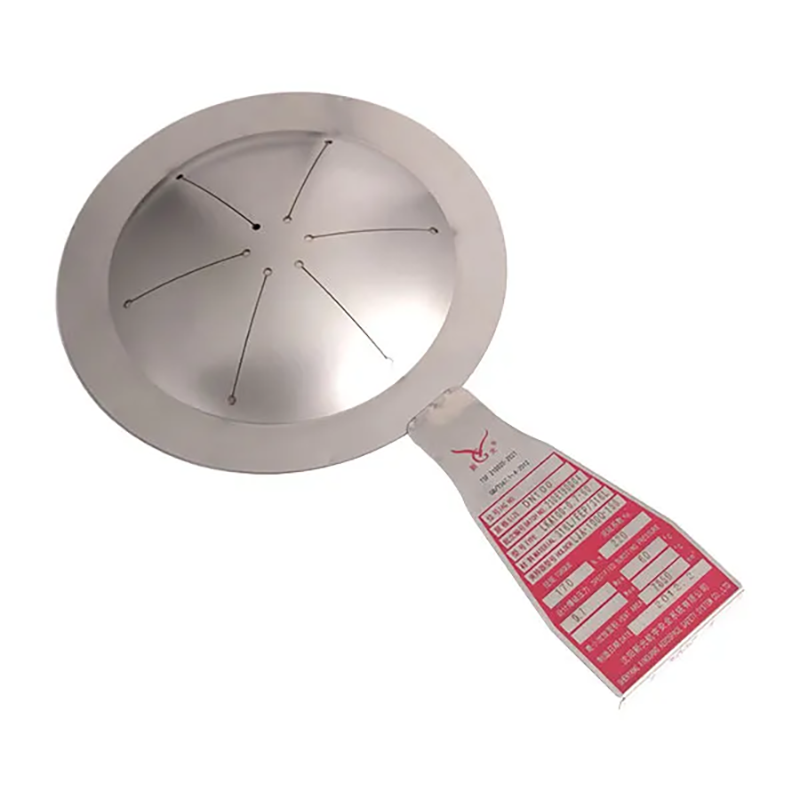
3. Product application:
(1) The working medium in the pressure vessel or pipeline is viscous or easy to crystallize or polymerize, which can easily stick to the valve disc and the base of the safety valve or block the safety valve;
(2) The chemical reaction of the material in the pressure vessel may cause the pressure in the container to rise sharply instantly, and the safety valve cannot be opened in time to relieve the pressure;
(3) The working medium in the pressure vessel or pipeline is a highly toxic gas or an expensive gas, and the use of a safety valve may cause leakage, resulting in environmental pollution and waste;
(4) The pressure vessel and pressure pipeline require full discharge or full discharge in milliseconds;
(5) Other places that are not suitable for safety valves but suitable for rupture discs.
If the medium of the pressure vessel is not clean, easy to crystallize or aggregate, these impurities or crystals may block the safety valve, making the valve unable to open at the specified pressure, and losing the pressure relief function of the safety valve. In this case, the Composite type rupture disc can only be used as a pressure relief device.
In addition, for pressure vessels whose working medium is highly toxic gas or flammable gas (steam) containing highly toxic gas, the pressure relief device should use Composite type rupture disc instead of safety valve to avoid polluting the environment. Because for safety valves, trace leakage is inevitable.
The explosion-proof efficiency of rupture disc depends on its thickness, pressure relief area and the selection of diaphragm material.
The design bursting pressure of rupture disc on pressure vessel is generally not greater than the design pressure of the vessel, and the minimum bursting pressure of the bursting disc shall not be less than the working pressure of the vessel.
When the safety valve is combined in parallel with the rupture disc device, the rated bursting pressure of the bursting disc shall not exceed the design pressure of the vessel, and the opening pressure of the safety valve shall be slightly lower than the rated bursting pressure of the bursting disc.
When a bursting disc device is installed in series on the outlet side of the safety valve, the discharge area of the rupture disc shall not be less than the inlet area of the safety valve.

